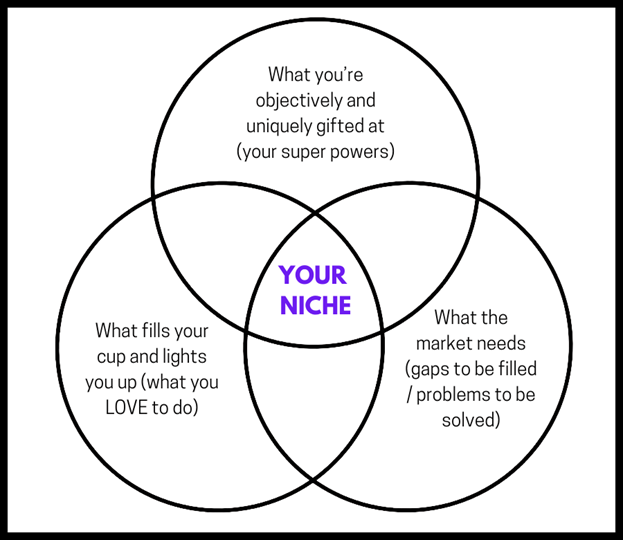In June 2023, the U.S. Supreme Court decision to ban race-based college admissions overturned decades of precedent and reignited the debate around whether diversity, equity, and inclusion (DEI) can coexist with merit, excellence, and intelligence (MEI).
Rather than viewing DEI and MEI as opposing forces, this moment presents a unique opportunity for organizations to reassess their stance, recognizing DEI and MEI as symbiotic processes. When embraced together, they have the power to elevate organizational culture, drive innovation, and help organizations meaningfully support their employees. As the sands of DEI and MEI shift, now is the time for communicators to actively listen, learn, and adapt messaging strategies to resonate authentically with varied audiences.
Where DEI and MEI Complement Each Other
DEI is about removing barriers. It requires organizations to provide different levels of support to marginalized and underrepresented persons, to ensure all employees have fair access to the opportunities, resources, and experiences that allow them upward mobility.
Many organizations view their DEI policies, procedures, and culture as providing the ethical framework that levels the playing field. They minimize systematic barriers that otherwise prevent a diverse group of candidates to seek employment. This commitment to fairness and access — ensuring everyone has what they need to succeed — is the essence of equity.
Co-existing alongside an organization’s DEI initiative is a belief in MEI. A belief that candidates can be assessed using a validated inventory of knowledge, skill, and intelligence that is required to perform the job. MEI evaluates potential candidates utilizing a set of standardized criteria of achievements and performance, thus making promotions and advances available for everyone in the same way. This commitment to fairness and uniformity embodies the principle of equality. Selecting employees based purely on their demonstrated abilities and current merit, without consideration to the potential barriers and biases that may influence their choices, is insufficient.
Figure 1: DEI and MEI Mutually Reinforcing Concepts

Source: DEI vs. MEI: What’s the Difference and Why It Matters
MEI: Myth of Natural Diversity
Proponents of MEI believe that diversity happens naturally when one focuses on merit. However, this is a myth, a flawed promise that overlooks deeper systemic factors.
In the absence of diversity programs, organizations risk failing to create accommodations and cultural frameworks that help newcomers feel that they belong, can make a worthy contribution, and that their contributions are valued. Diverse companies also provide education that exposes unconscious biases, which can otherwise undermine the fairness of MEI-based selection processes.
Unconscious bias can taint resume screenings, unintentionally filtering out of qualified candidates. Research has demonstrated that resumes with names perceived as ethnic are 50% less likely to receive callbacks compared to those with traditionally white-sounding names, even when qualifications are identical.
Interview processes can also be skewed by affinity bias, where interviewers favor candidates who resemble themselves. Similarly, promotion opportunities are often hindered by glass ceilings, preventing underrepresented employees from advancing, regardless of their meritorious achievements. The lack of organizational diversity programs — such as mentorship and employee resource networks — further limits marginalized employees from gaining the insider knowledge and skills needed to progress.
Merit alone is insufficient in building innovative organizations. MEI must be propped up with comprehensive diversity programs that dismantle participation barriers. These programs must foster a truly equitable environment where merit can be fairly assessed and rewarded.
DEI: The Reinforcer
DEI actions are intentional. They challenge employees to be more aware of their biases and to purposefully seek talent from underrepresented groups that often don’t have the same opportunities to showcase their merit in traditional ways. DEI programs expand the definition of what constitutes excellence and allow for a richer, more inclusive understanding of talent.
DEI focuses on fostering representation, fair treatment, and a sense of belonging for all individuals within an organization. Leveling the playing field and removing barriers to entry allows a wider net to recruit talent.
Blind recruitment techniques and structured interviews promote fair selection from diverse pools of people. DEI education-prepared environments permit MEI techniques to select the best candidate for the job. MEI draws from education principles, emphasizes the value of diverse cultural backgrounds, and promotes intercultural competence and inclusive practices.
Integrating DEI and MEI requires a strategic and sustained effort. Practical strategies organizations can implement to integrate DEI and MEI include:
- The development of measurable goals for DEI and MEI.
- The development inclusive performance management systems.
- The implementation of diversity training and unconscious bias awareness programs.
- Fostering a culture of belonging where all employees feel valued and respected.
- Ensuring leadership commitment and accountability for DEI and MEI initiatives.
- Regular adjustments to DEI and MEI strategies based on people analytics, KPIs, and feedback.
DEI and MEI: A Symbiotic Process
Now is the time to consider the message. Rather than viewing DEI and MEI as mutually exclusive, these concepts must be merged into diversity, merit, excellence, equity, and inclusion (DMEEI). “This sends the message that diverse perspectives and rigorous standards coexist, reinforce one another, and form a symbiotic relationship,” says Martin W. F. in his research on navigating the tensions between DEI and MEI.
Martin offers a compelling thought experiment: consider the opposite of DMEEI. That might look like homogeneity, favoritism, mediocrity, partiality, and exclusion (HFMPE). Such a framework would return organizations to the very conditions they worked hard to overcome.
DEI and MEI initiatives need to be viewed through a strategic lens. A lens that doesn’t choose sides, but integrates the principles of DEI and MEI into a cohesive, effective, and progressive strategy. A strategy that advances organizational excellence, equity, and equality, knowing full well that failure to manage disparities results in organizational decay.
AI assisted in developing the outline for this article.
Reference mentioned above: Martin, W. F. “Marty.” (2025). Navigating the Tensions Between DEI, MEI. In Healthcare executive (Vol. 40, Number 1, pp. 34–36). Health Administration Press.